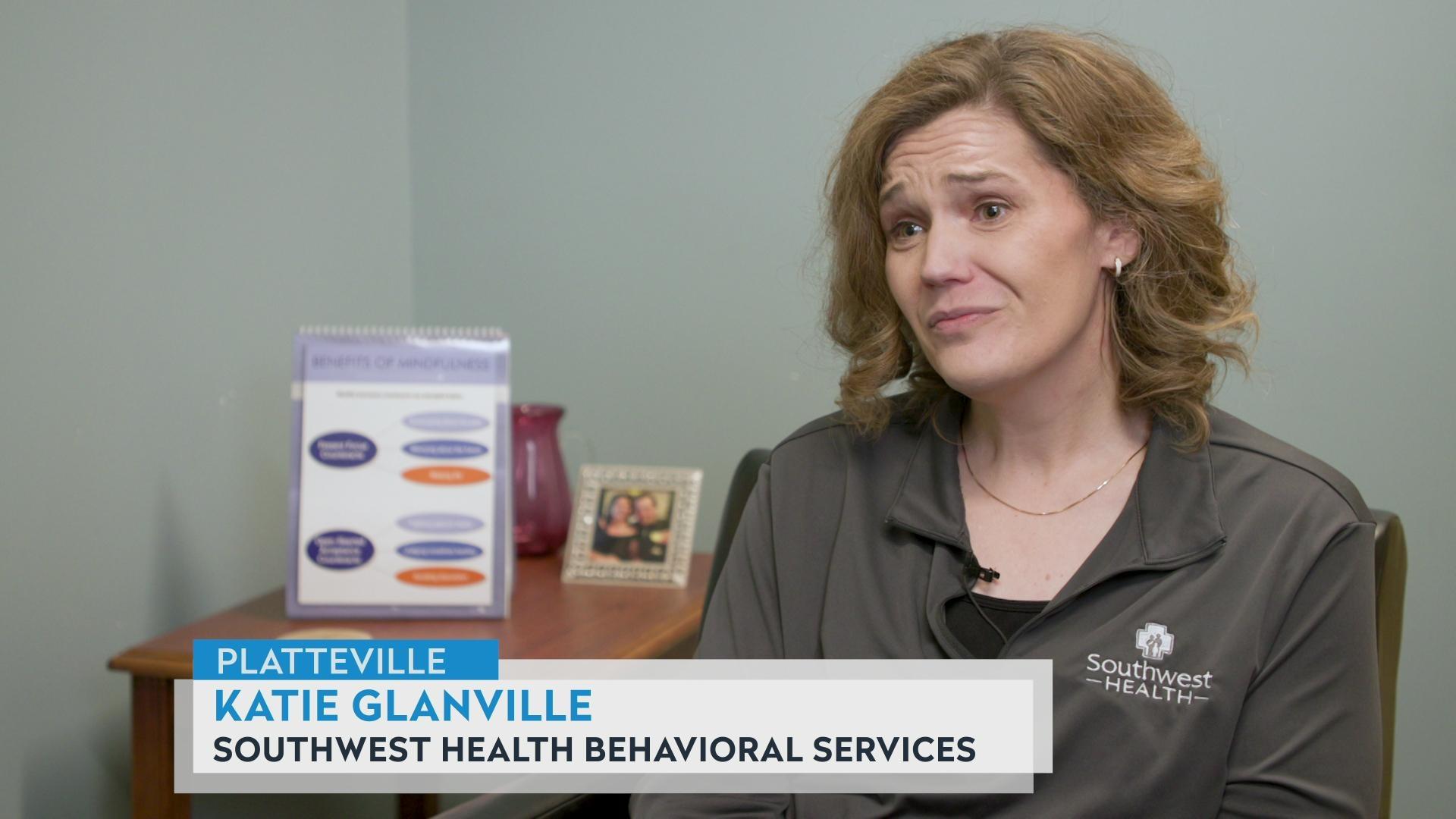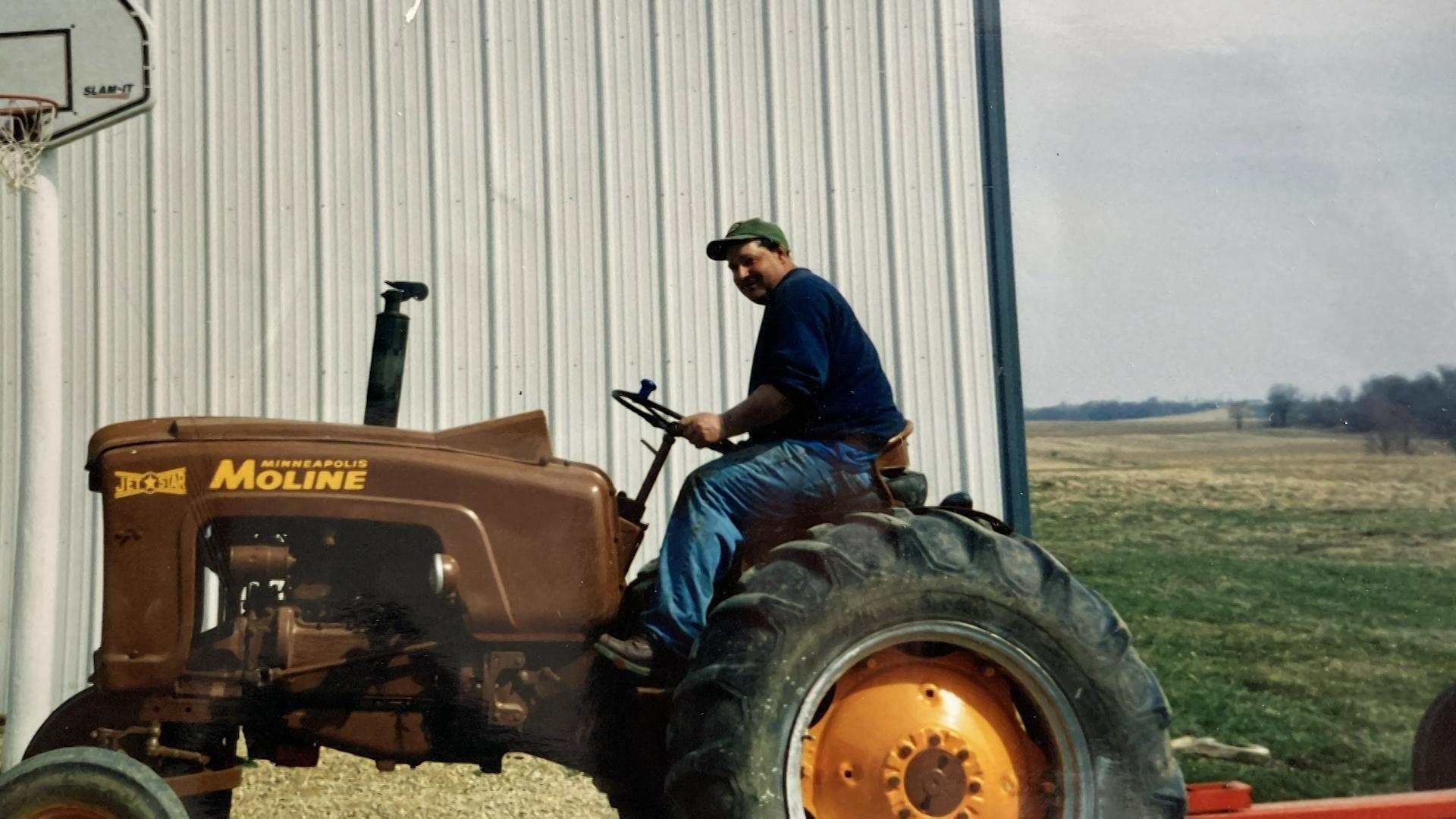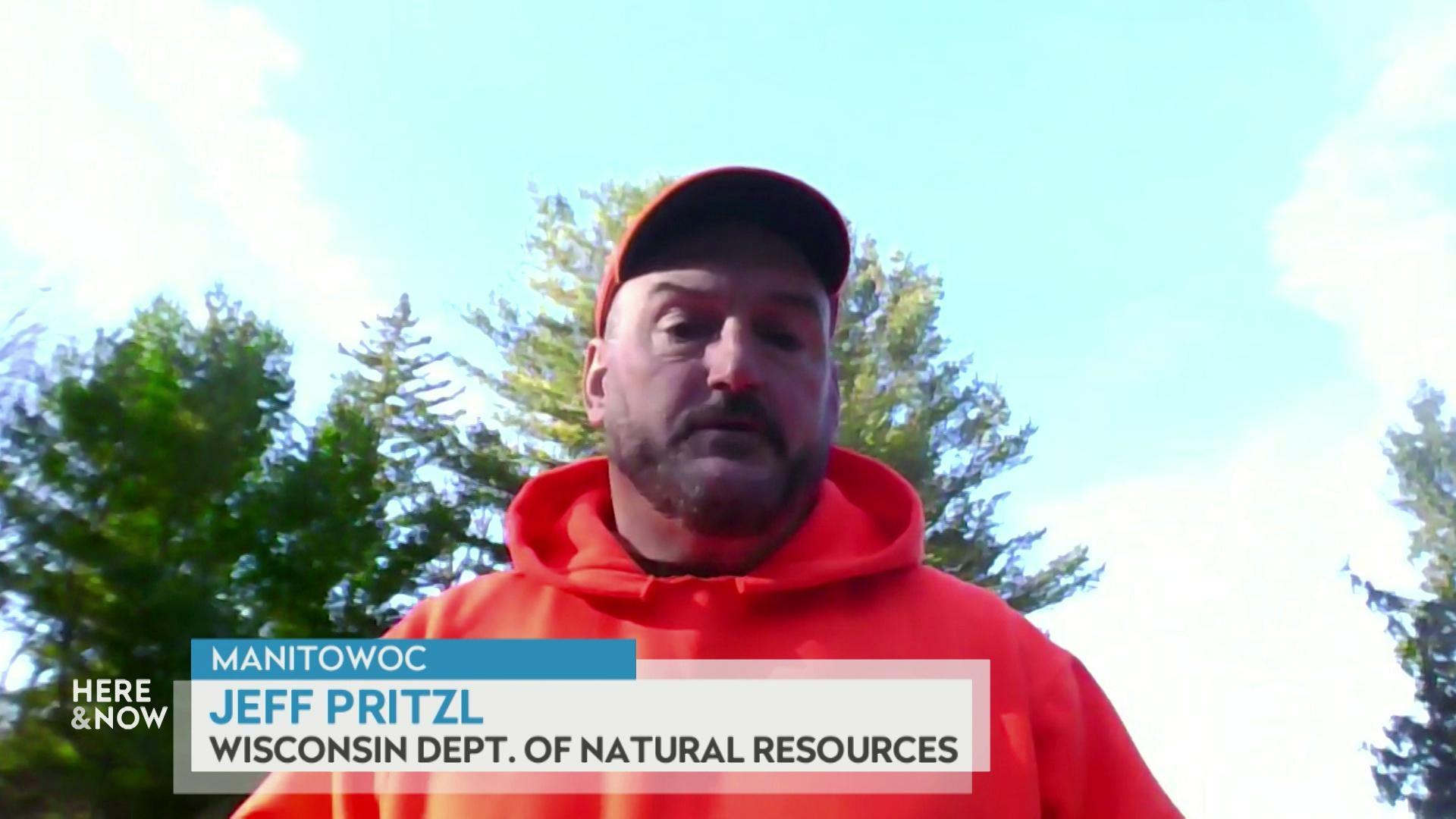Genevieve Adamski on behaviors of wolf packs and livestock
Red Cliff Band of Lake Superior Chippewa wildlife specialist Genevieve Adamski describes the territorial behavior of wolves and how livestock can be observed to react when these predators are present.
By Nathan Denzin | Here & Now
March 12, 2024 • Northern Region
VIDEO TRANSCRIPT
Genevieve Adamski:
So, yeah, most of the packs are up here in the north. I'm sure you've seen the sub-zones and all of that with the new management plan. And a good example of that, if you wanna look up resources, is the Voyageurs Wolf Project. They have amazing visuals showing how the packs kind of, like, the individuals collared within the packs. You can see their GPS locations and they very rarely stray into another packs' territory. So it's just like these beautiful little bubbles and everyone's just being as polite of neighbors as they can. So, you know, there's some overlap, of course, you know, people are pushing the boundaries sometimes, maybe their pack is expanding 'cause they have more members, but, in general, they tend to just stick to their own territory because conflict is costly, energetically, you know? So kind of how Marvin was saying, you know, they're humble and they don't wanna start conflict where there is none because energetically and from, you know, a scientific standpoint, there's cost for that. So, yeah, and was that answering your question?
Nathan Denzin:
Yeah, that answered the question.
Genevieve Adamski:
OK.
Nathan Denzin:
What could people, farmers, et cetera, do to better coexist with wolves — ma'iingan — in the way that people here do?
Genevieve Adamski:
I wish I had a perfect answer for that, but, you know, the best thing is being proactive and doing vigilance and research and knowing that there are prevention solutions out there. There was actually a really, really well written article. Oh, I think it was in the newspaper "Graze," if you're familiar with that, about a farmer who has sheep and livestock guardian dogs. And she noticed the sheep were acting very strange for a little while, and the dogs were all riled up. So instead of keeping her sheep in the far pasture as she had been doing, she figured that the reason everyone was a little anxious was because maybe a wolf was around. So instead of just pushing her luck, she brought them all back in, you know? So it's just kind of being attentive and adapting and watching your livestock, knowing when something might be off and trying to stop conflict before it happens. You know, there are resources out there. I would say one of the best ones is the livestock guardian dog. They are expensive, but they do their job for a reason. They've been proven to work, you know, time and time again, especially in Europe, they're very heavily used where they free range livestock in Italy and the Swiss Alps. So they're wonderful resources to use. And it's just, you know, if you're a farmer for a long time, you know your animal's behavior and you know when calves are expected to be born. Our family never had calves being born extremely far away from the barn because, you know, a coyote might pick it off, not a wolf, but a coyote or a bear, you know, in some cases. So just knowing your animals' patterns, knowing when they're at their most vulnerable and keeping an eye on them and being, yeah, just being a good steward. I don't know, yeah.
 Passport
Passport











Follow Us